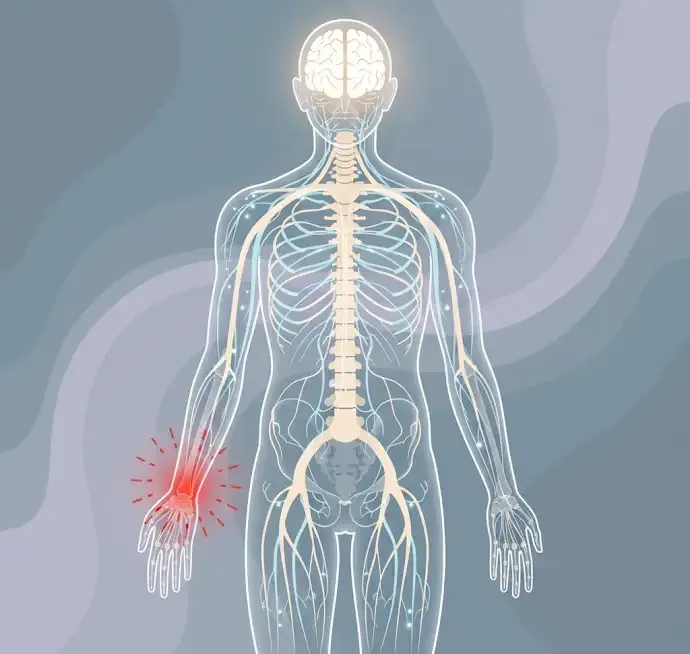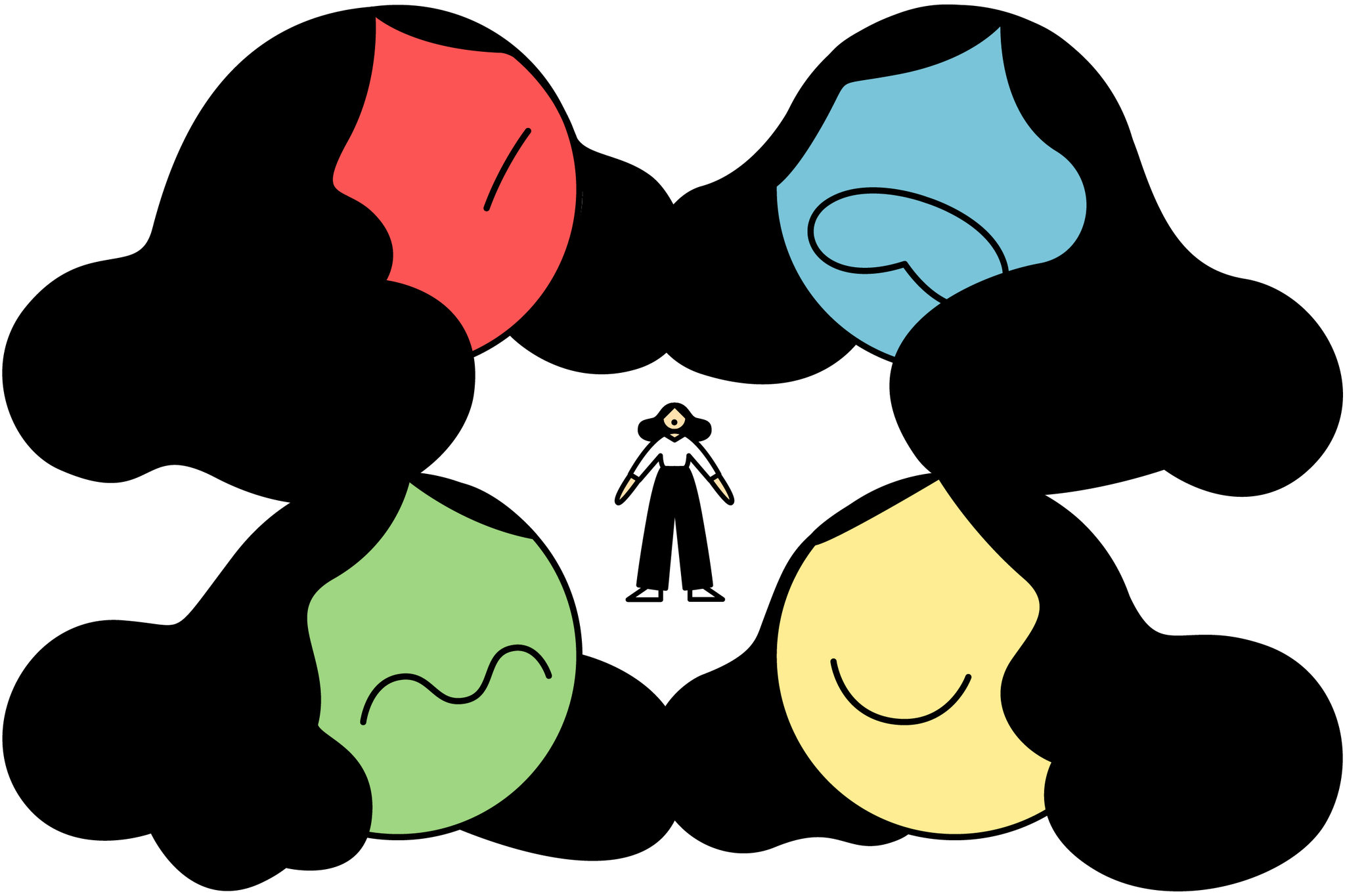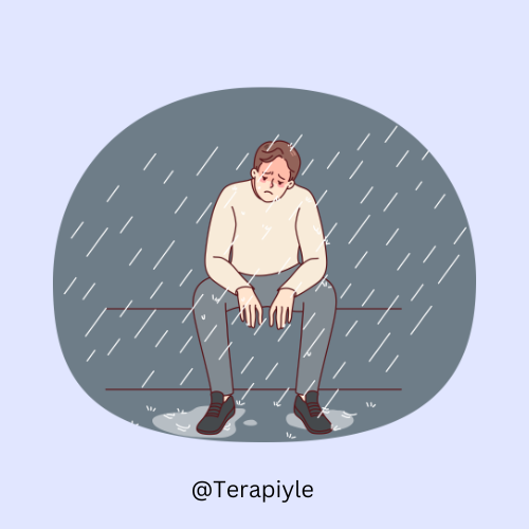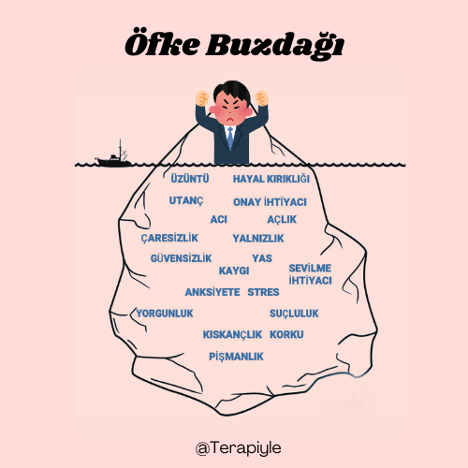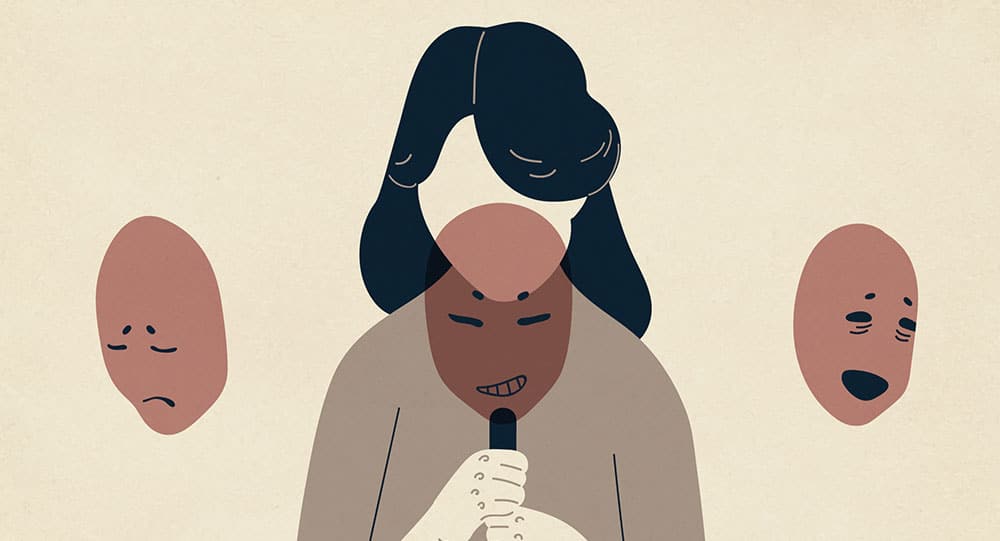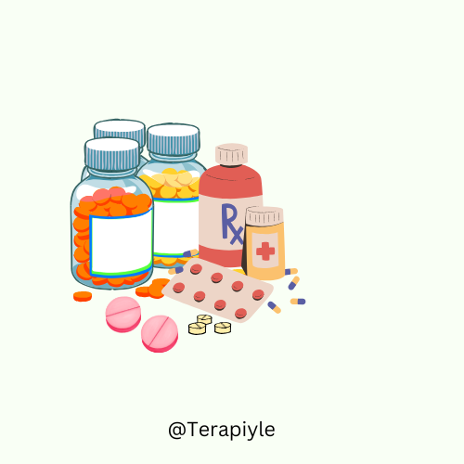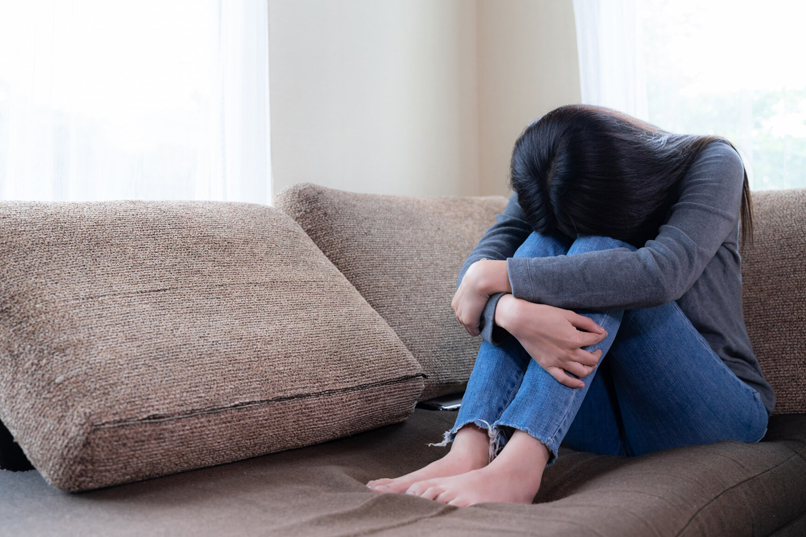Crying… is one of the most natural expressions of being human. Sometimes from pain, sometimes from happiness, and sometimes without any apparent reason, our eyes fill with tears. Crying is not merely an emotional release; it is a profound form of communication between the body, mind, and soul.
Everything we emotionally suppress or cannot express seeks a way to come out. Some people express their anger by shouting, while others keep it inside. However, tears are the silent translator of the emotions we cannot put into words. For this reason, crying is one of the most human ways to maintain emotional balance.
The Psychological Meaning of Crying
According to psychology, crying is a natural regulatory mechanism that occurs when intense emotions accumulate. Emotions such as stress, anxiety, fear, or sadness cause chemical changes in the body. Crying releases some of these accumulated chemicals through tears. This is why a sense of relief often follows immediately after crying.
Crying also activates the parasympathetic nervous system, which essentially signals the body to “calm down.” Heart rate slows, breathing regulates, and the person gradually relaxes. This is why many people say, “I feel better after crying,” because biological relaxation truly occurs.
Excessive Crying: When Emotional Balance is Disrupted
Of course, as with everything, there is a balance in crying as well. If a person cries very frequently, for long periods, or for seemingly no reason, it may indicate that the emotional system is under stress. Excessive crying can be a sign of psychological conditions such as depression, anxiety disorders, or post-traumatic stress.
Sometimes, excessive crying emerges from long-suppressed emotions. In other words, a person may feel triggered by a minor event today because of sadness they could not express in the past. The one crying is not just the “current self”; the parts of us that have remained silent for years also speak through tears.
The Benefits of Tears
Scientific research shows that tears provide not only emotional but also physiological benefits. When we cry, levels of cortisol—a stress hormone—decrease. Emotional tears also help remove some toxins from the body. In this sense, crying acts like a “natural detox.”
Psychologically, tears help lighten emotional burdens and serve as an internal cleansing mechanism. That is why the advice, “Cry to feel better,” is grounded in much more than just sentiment—it has scientific validity.
Managing Excessive Crying
Crying is a human behavior, but when it becomes uncontrollable, it can affect the quality of life. In such cases, it is important to try to understand your emotions rather than suppress them.
As a starting point, it can be helpful to ask yourself:
“How long have I been crying this easily?”,“Is there something in my life recently that has been overwhelming me?”,“Which emotion is these tears actually expressing?”
Keeping a journal makes it easier to recognize your emotions. Activities like meditation, breathing exercises, and walking can also help balance emotional intensity. However, if crying becomes uncontrollable, seeking professional help from a psychologist is invaluable for resolving this process in a healthy way.
Conclusion: Crying is Not Weakness, It is Emotional Courage
Society often promotes the idea that “crying is a weakness.” Yet, crying is the courage to face our emotions. Feeling instead of suppressing, staying instead of running away—that is what crying represents.
Sometimes, crying is the soul’s attempt to restore its own balance. Remember: your tears do not make you weak—they make you human. And sometimes, the thing that heals the heart most is a few silently shed tears.



